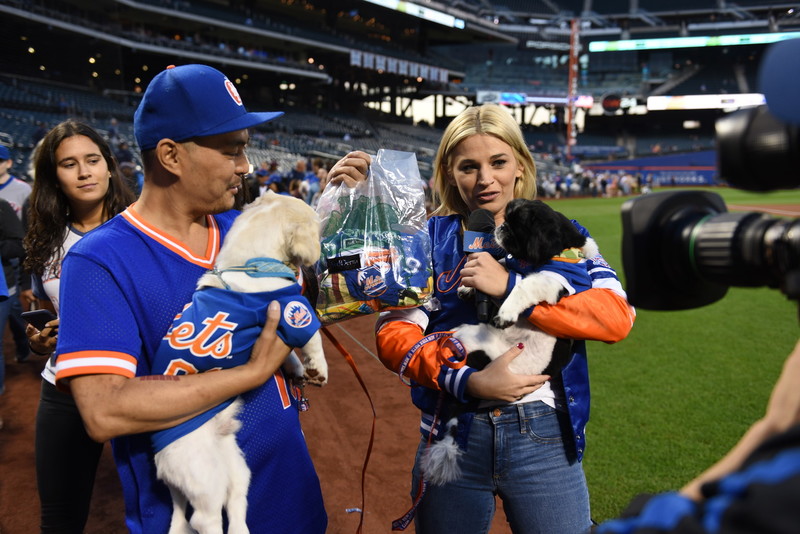When Anthony Joshua takes a seat in his corner between the rounds of a fight, there’s someone leaning in who isn’t throwing punches but could be the reason the contest continues. His name is Dr Ian Gatt, aka, ‘The Boxing Physio’, and he’s one of the most trusted cutmen in the game.
Never heard of a cutman? Don’t worry, many people haven’t. Gus Ballantine explains everything you need to know.
In boxing, the title of a cutman might conjure up gritty movie images – bloodied towels, screaming coaches and adrenaline-soaked corners. The truth? It’s far more controlled and methodical.
During a fight, a boxer is accompanied by a team of three or four ‘cornermen’, usually composed of their head coach, a second (assistant/ trainer) and the cutman. And few are better or more respected than Dr Gatt on the job.
He says, “What I do in between rounds could be the difference in stopping a small cut getting bigger and the fight being stopped.
Born and raised in Malta, Dr Gatt heads performance at GB Boxing and works as a physiotherapist. He also takes on one of the sport’s most high-pressure roles: cutman.
“I think of myself as a maintenance guy. A fighter will come in and sometimes the job is to wipe their face or apply ice to the back of their head. I have two roles, treat the boxers’ cuts and wrap their hands before the fight starts.”
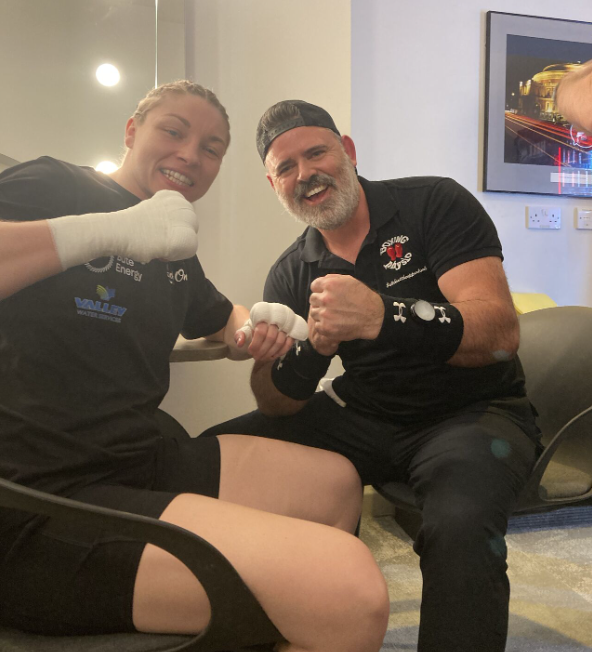
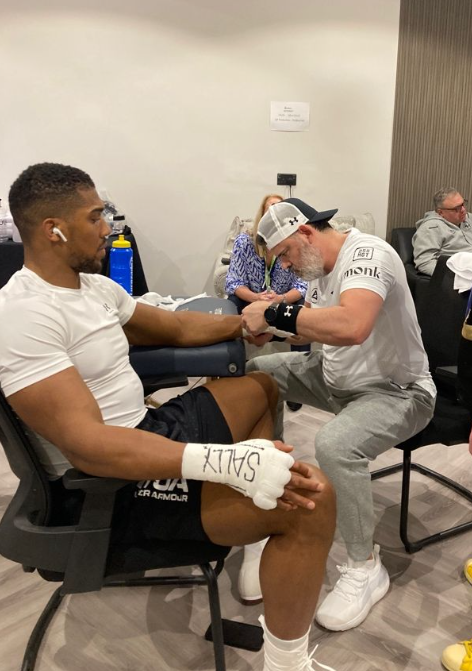
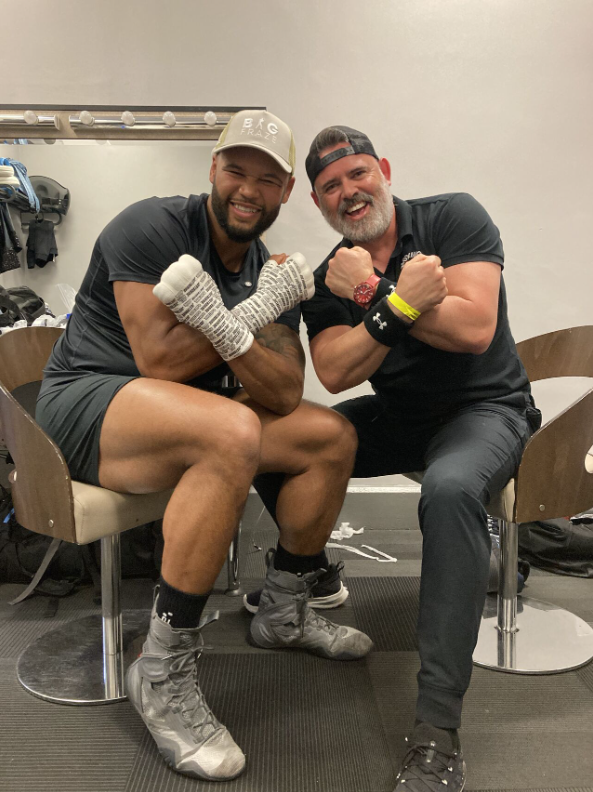
The cutman isn’t there to shout tactics or throw punches. They get 60 seconds to stop bleeding, reduce swelling, keep the boxer cool, and, crucially, keep the fight alive.
To be effective in that kind of time pressure, Dr Gatt believes timing his movement is everything.
“I always try to make sure I am ready in the corner before the boxer is, especially if they have a cut that needs to be dealt with.
“I pounce on the ring when the signal sounds. Why? Because every second lost could be the difference between a cut or swelling becoming a problem,” he says.
When the boxer is sat down, international boxing rules only allow one cornerman from the team to enter the ring between rounds. So, if there is a cut, it has to be him.
Every second counts in the 60 he’s given to work. As the round nears its end and the 10-second warning sounds, he’s already on his feet.
Dr Gatt explains, “I’ve been in situations where someone’s been cut and I’ve leapt onto the canvas before they have even sat down. You almost have to plead with them to sit down, and when they do, my hands start multiplying.”
Dr Gatt has worked in world title fights, Olympic bouts, history-making cards, working with Anthony Joshua, boxers on Team GB and many more.
Despite the pressure, noise and scale of the fights he’s been involved in, his approach is a quiet one.
“The first rule for me is that I don’t utter a word,” Dr Gatt says.
Aside from clarifying that a cut has been made and speaking with the coach to decide who goes onto the canvas, Dr Gatt remains quiet so as to not disrupt the communication between coach and athlete.
“You put yourself in a position where you can do your job in a teamwork environment, keeping yourself out of the way of the coach and athlete getting the right level of verbal and non-verbal communication,” he says.
“Sometimes I have boxers tell me ‘Gatt, I didn’t even realise you were there. I didn’t know I had a cut.’”
This is a huge positive in his work, ensuring the boxer gets what he needs without any distractions.
“The athlete performs, so I must perform as well,” he says.
Dr Gatt’s cutman duties began in 2019 when he was asked to do Anthony Joshua’s cuts just three days before he fought Andy Ruiz Jr in their first bout.
“It was a baptism by fire. You wouldn’t want to start there.”
However, this was not the first time these two had met. Dr Gatt had been Joshua’s physio and ‘wrapman’ (wrapping his hands to avoid hand or wrist injury) since 2009 at Team GB – but dealing with his cuts was a completely new territory.
Every cutman comes armed with the tools of the trade – swabs, gloves, towels, vaseline, and the all-important enswell eye iron to control swelling. Dr Gatt? He had to get this shipped to the hotel just days before Ruiz began swinging in Madison Square Garden in front of almost 20,000 people.
Despite the pressures of this new role and the huge audience watching, Dr Gatt was unfazed, managing Joshua’s nosebleeds in the corner.
“During the fights I’ll be ice cold and try to keep myself out of the atmosphere,” he explains. “This is so that I can use my medical brain to focus on the boxer’s health, and not exhaust my mental energy.”
He has also worked in front of a crowd of 90,000 people at Wembley last year, with millions watching on.
For Dr Gatt, as a cutman, he feels you should remove yourself from the emotional side of the fight – that side is for the coaches and boxers.
“You can’t just be a spectator. You’re the insurance guy so you need to get to work. As they say, we are the shadow warriors, but it is important to remember it is not about you, it is about the athlete,” he says.
After his first experience as a cutman, Dr Gatt’s “stable of boxers”, as he likes to call it, grew. This has brought challenges in balancing the boxers he works with with his everyday work as a physiotherapist, and he is also dedicated to educating people about injury prevention.
As most cutmen are not medically trained, his work is well sought after in the boxing community, being the first person to complete a PhD in hand-wrapping. Dr Gatt says, “You get me as a cutman, but you get cutman plus. I’ve got two heads – one is the physio and the other is the cutman. I like to meet in the middle.”
One of his most recent fights worked on was Lauren Price’s win against Natasha Jones, where she retained her welterweight world championship belt at a historic all-women’s card.
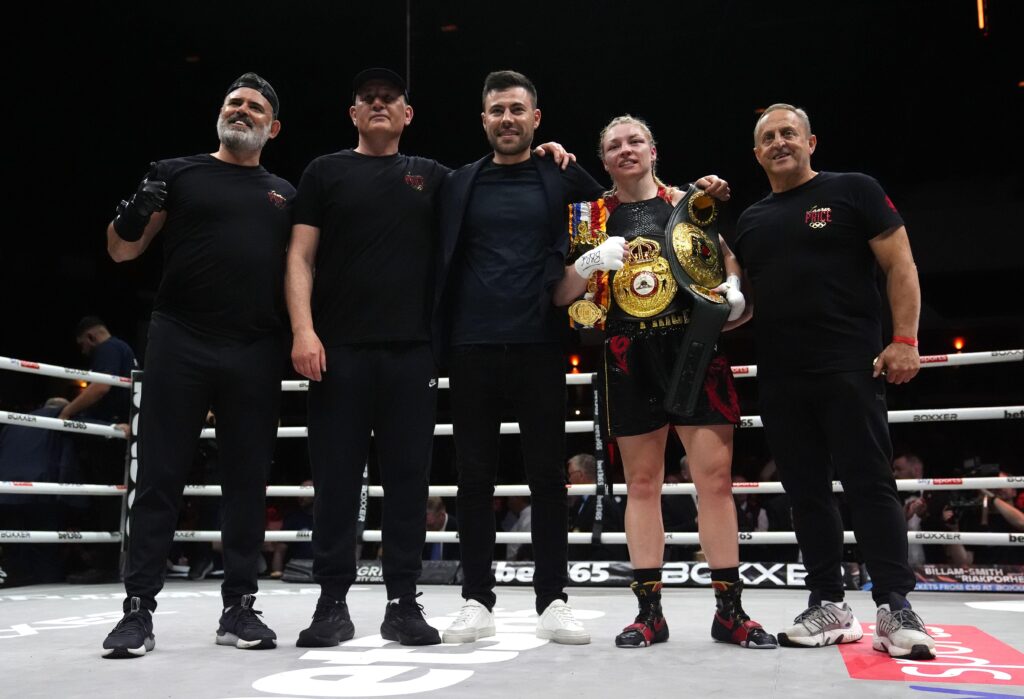
Price says, “Having trust and confidence in my team helps me deliver my best in the ring. Ian plays an important role for fight night in his knowledge of wrapping my hands and providing support in the corner as a cutman.”
“He has been part of my team in Olympic boxing and has continued into the pros,” she says. “If I’m cut he has the expertise to control the cut and enable me to box on through the rounds and continue to be successful.”
Read more: Lauren Price’s nutritionist Pete Bell reveals the secrets to fuelling a fight
Away from the relationship between a boxer and their cutman, the relationship between all cutmen in this industry is also a close one.
Dr Gatt says, “The thing about cutmans, is that there is a mutual respect between us as it is a small community. You find you often know one another from being around the circuit.
“Ultimately, you support the boxer you’re with, but you’re still part of a bigger and wider system.”
Away from the build-up drama, promotional hype, and so-called ‘beef’ between fighters, cutmen like Dr Gatt generally stick to a neutral role – not due to detachment, but due to the respect for the sport and the people involved.
“Tomorrow, you could find yourself working with the boxer who was on the other side of you the week before,” he says. “For my job politics are gone. I only need to focus on the boxer’s health and performance and support the team the best I can.
Dr Gatt says, “Anybody who walks through the ropes is a hero because they risk their lives to get a payday.”
A tough situation a cutman may also find themselves in is having to work in multiple fights in one night.
For Dr Gatt, this scenario has happened a number of times, ‘doing the cuts and wraps’ for three fighters in one night.
“Timing in this situation has to be perfect,” he says. “Especially in the unpredictable nature of how long fights last. It means I have six cuts and wraps to do on the night with strict time frames around them.”
Staying composed in a crowded, unpredictable space is a huge challenge in this work.
Dr Gatt refers to this space as, “A hostile environment. You’ve got cameramen on the ground, wires, and water, and there are always lots of hazards to navigate. You work with people and be respectful of everyone’s jobs.”
In dealing with any challenges, Dr Gatt sets out a clear philosophy that a cutman should adhere to, “Be a team player. Be a professional character – don’t get involved in the coaching. Be medically professional – wear gloves and bring the correct equipment. Be respectful – especially to the opposite corner. Win or lose, boxing is a tough sport.”
What is important to note is that fights aren’t only won in the ring. Sometimes, they are saved in the corner.

